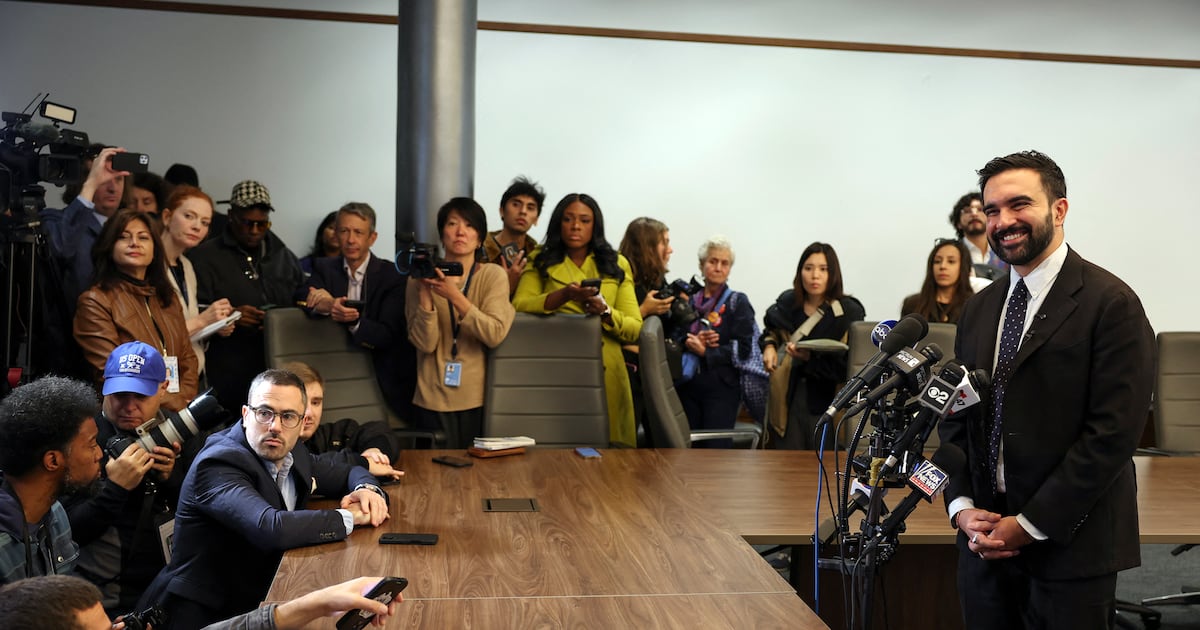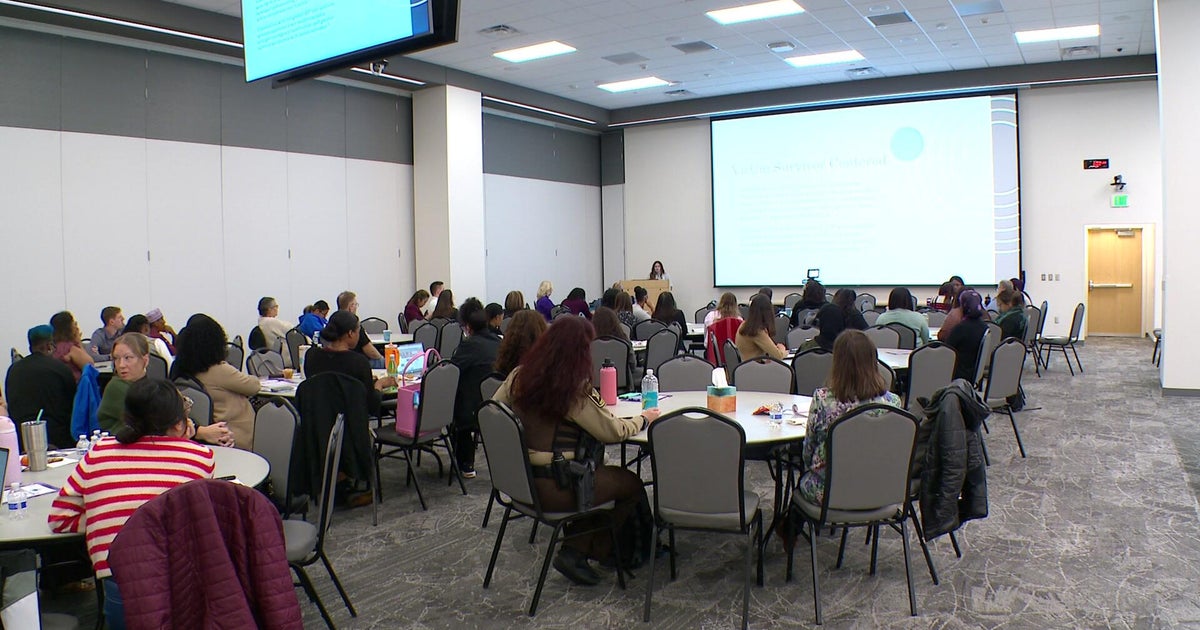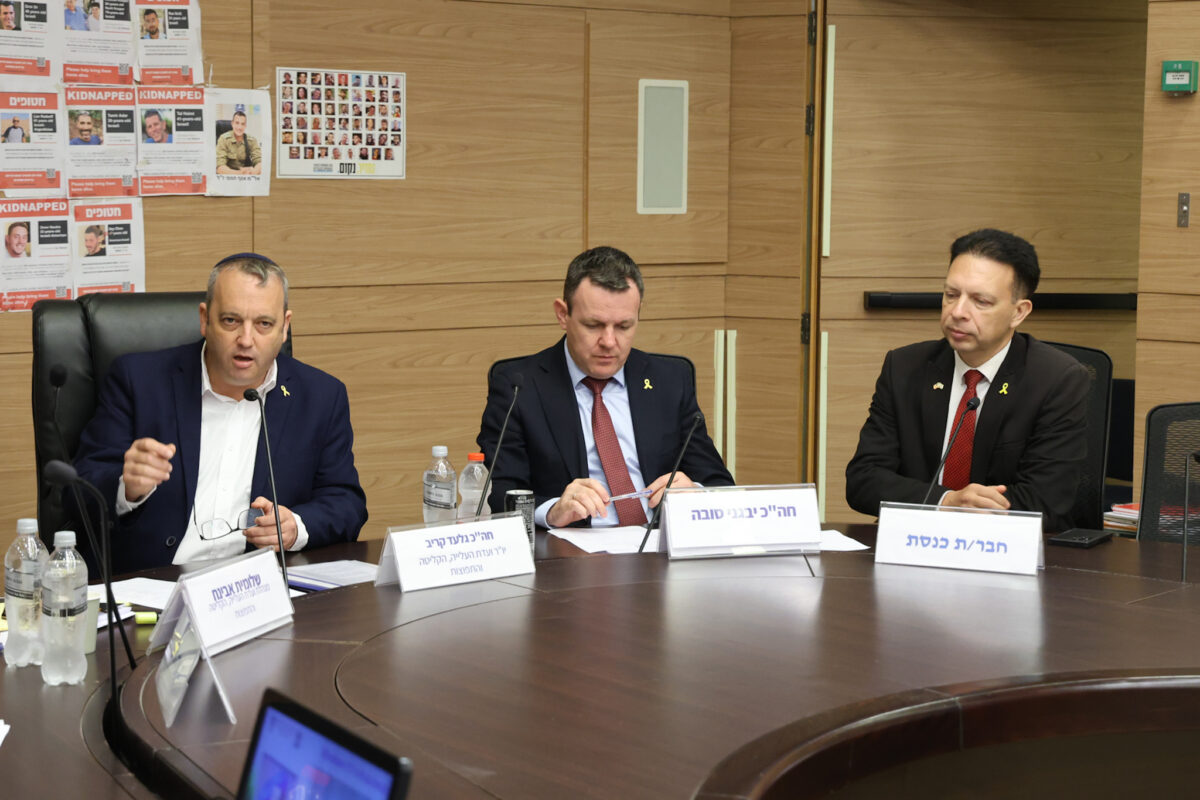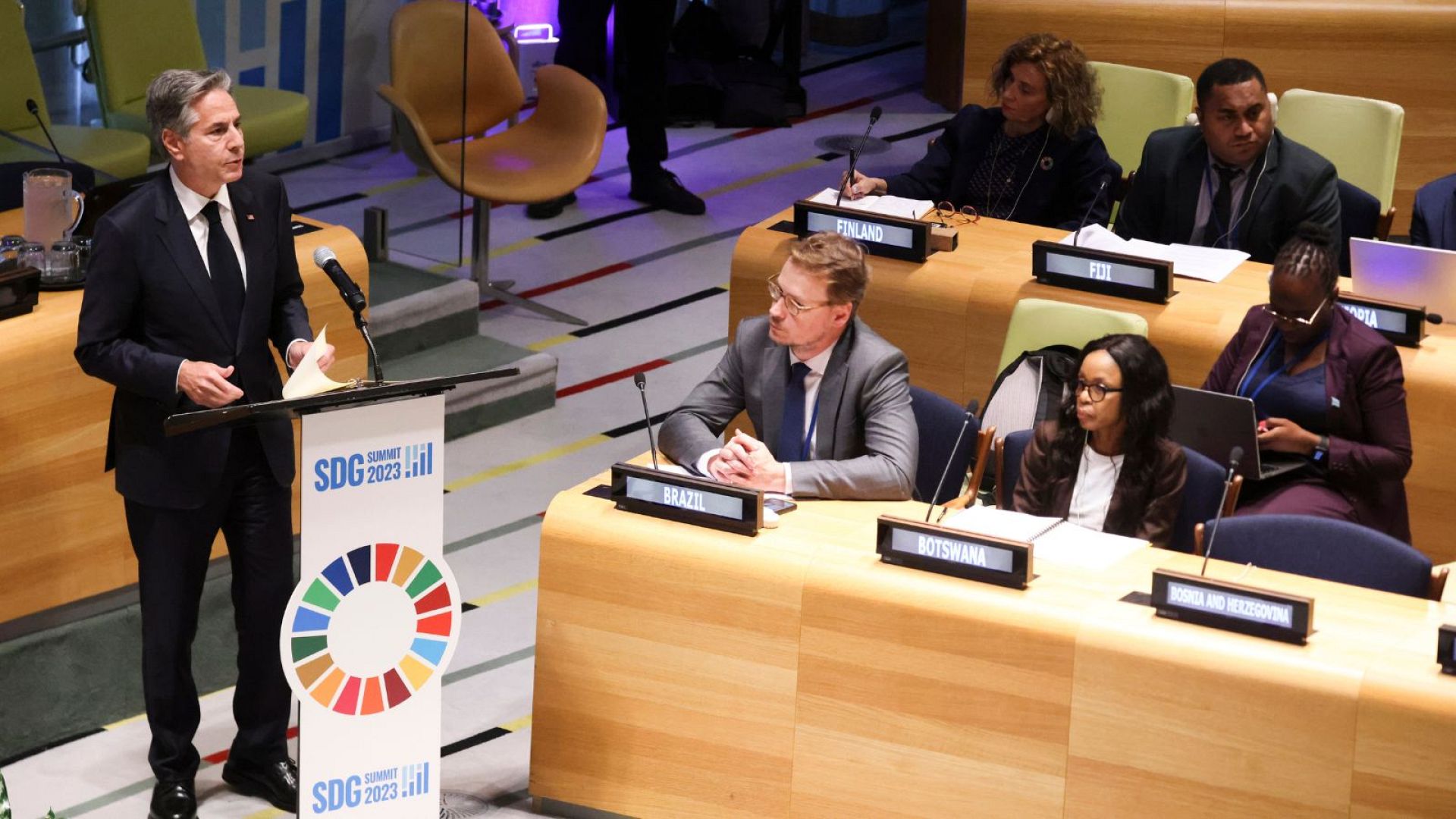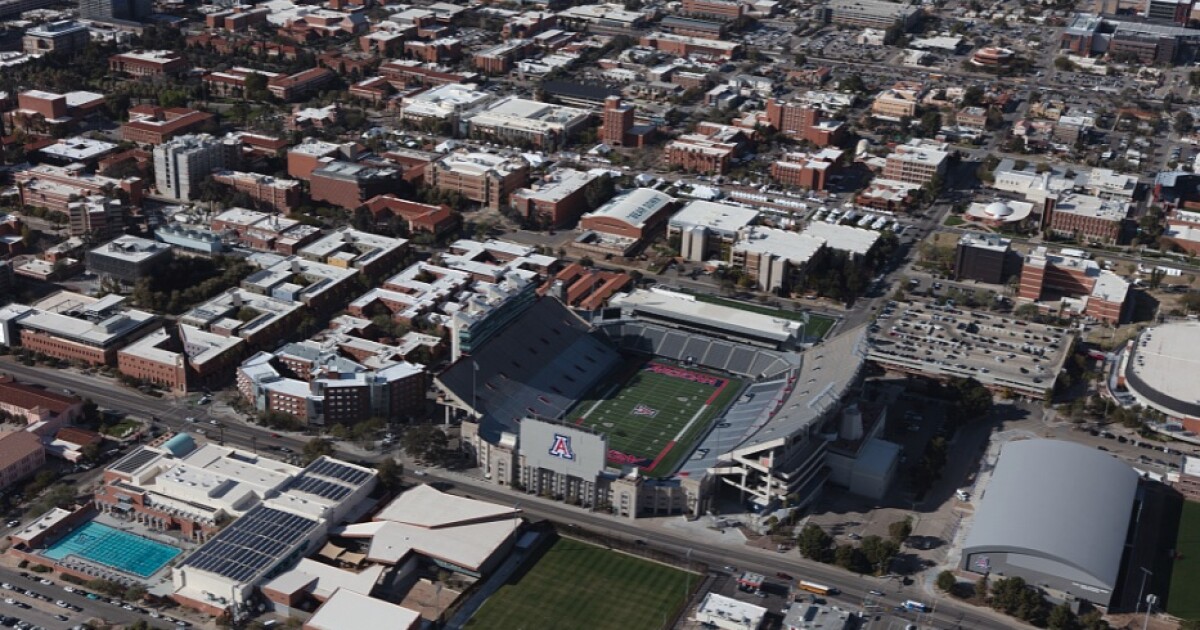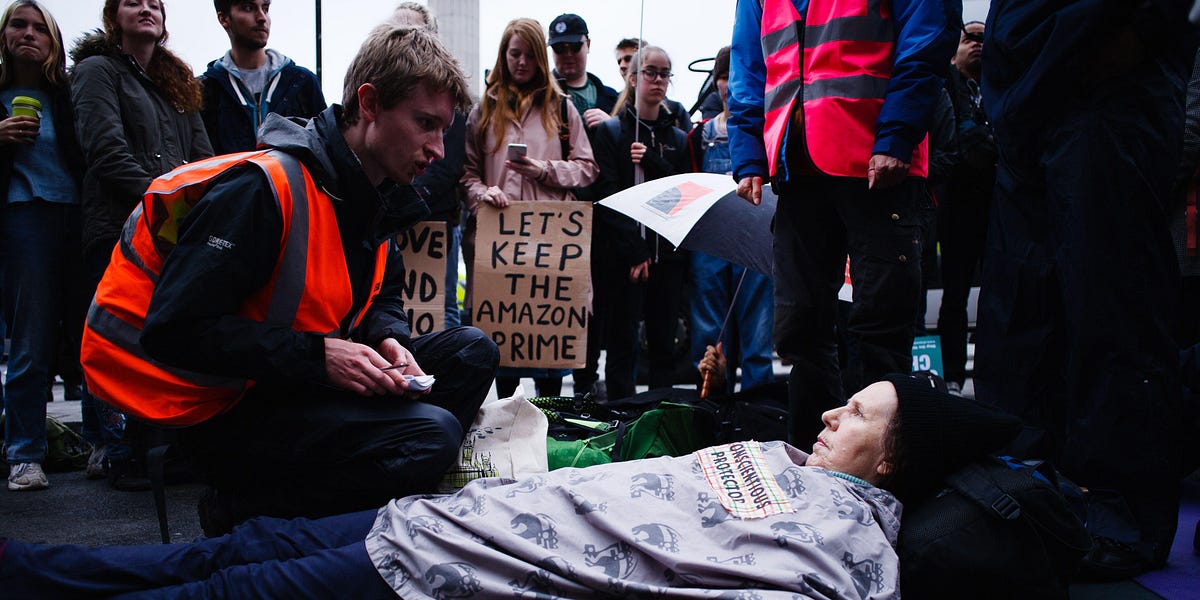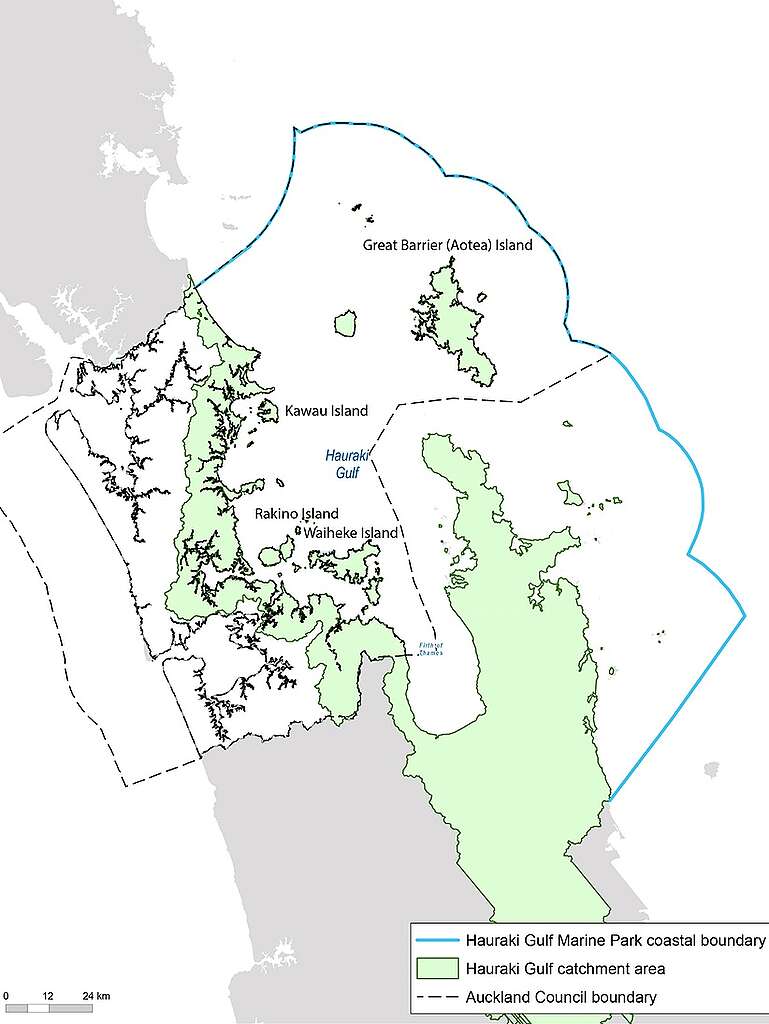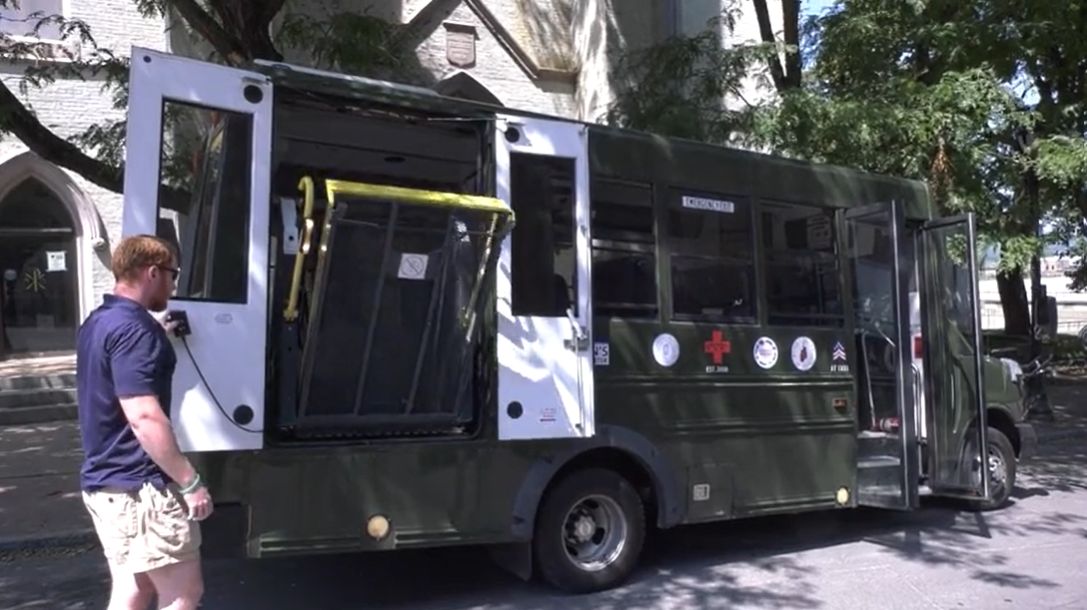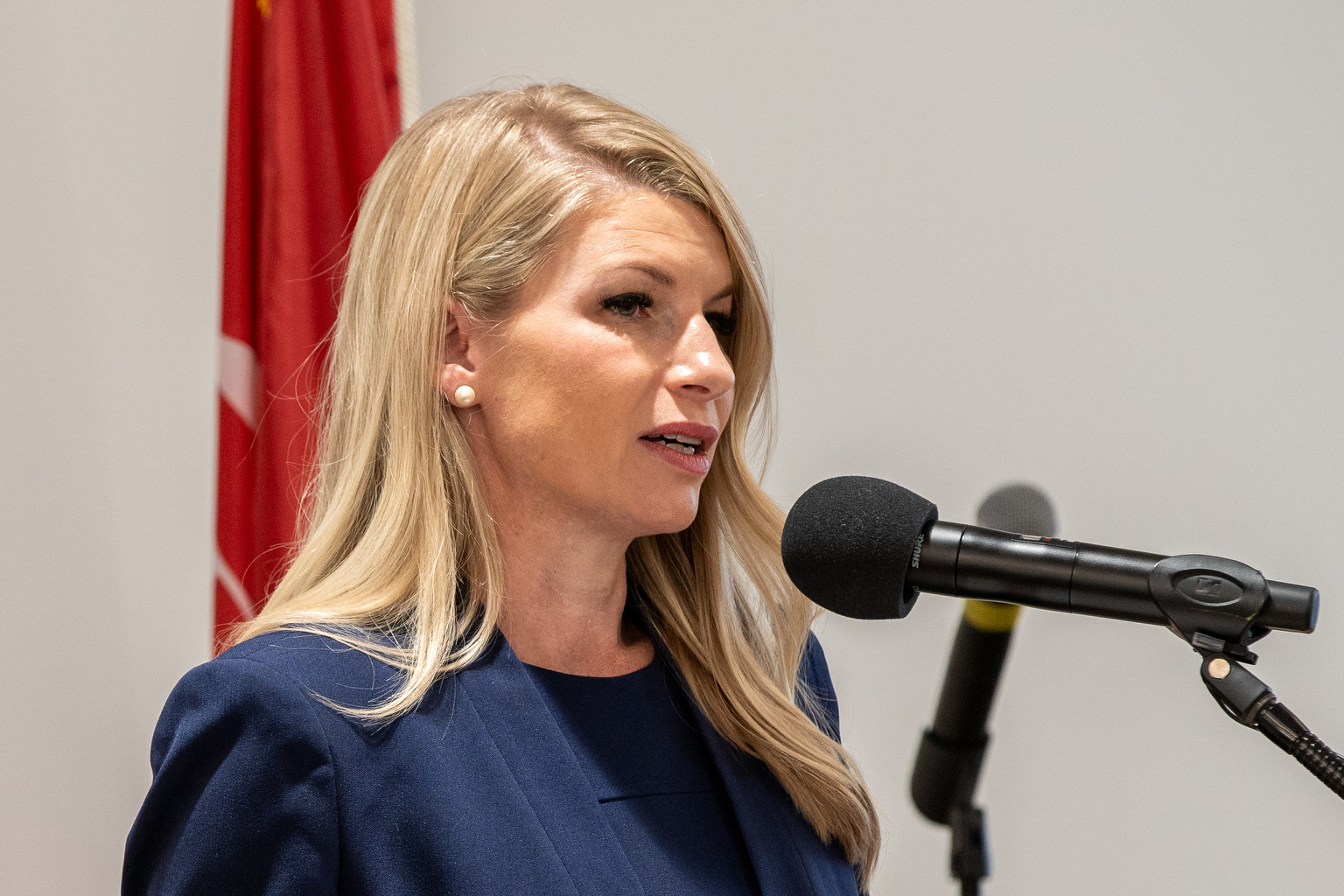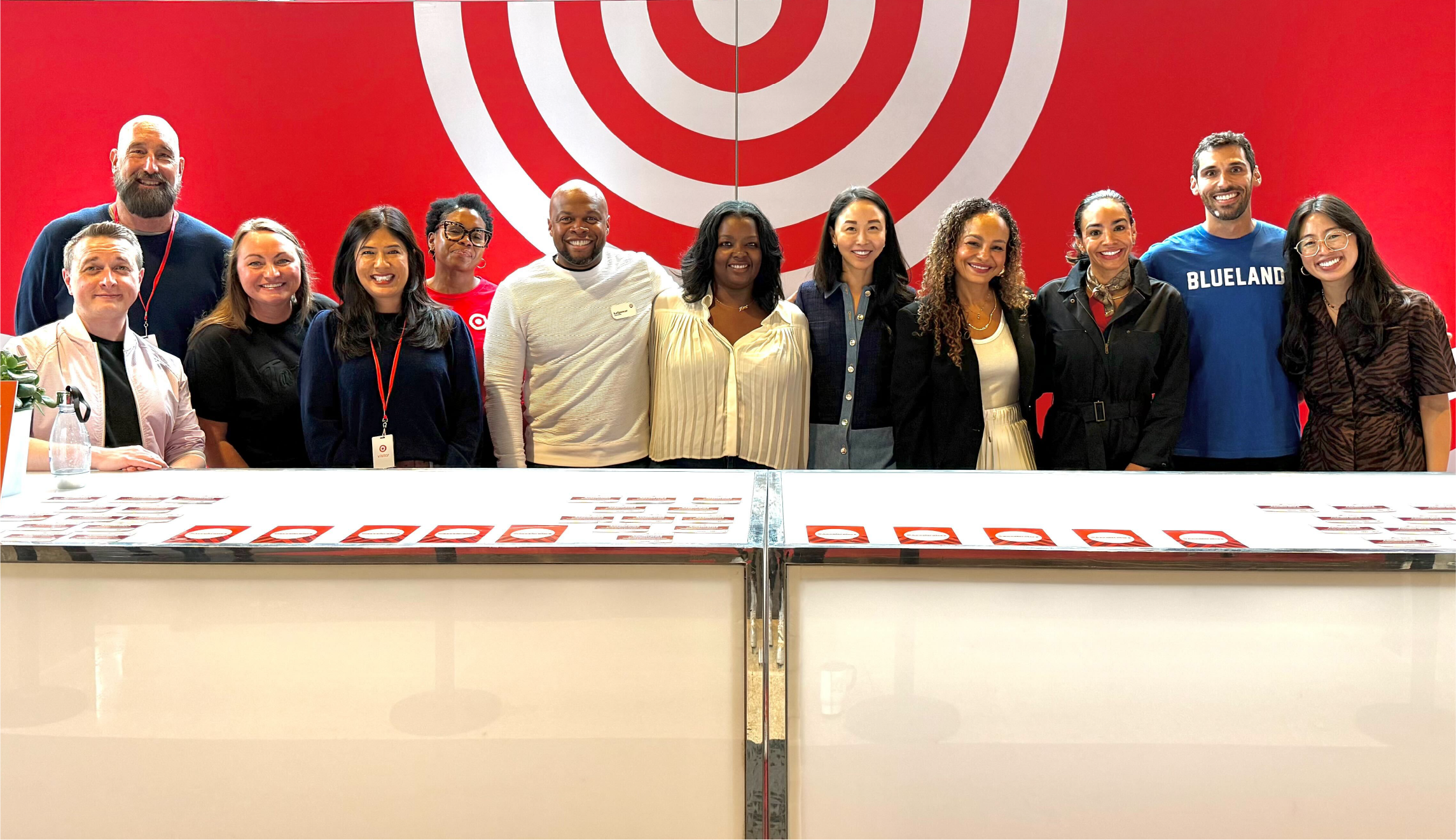Turning Student Jobs into Paid Internships – New America

Report on Central New Mexico Community College’s Work-Based Learning Initiative and its Alignment with Sustainable Development Goals
Executive Summary
A report on the innovative work-based learning (WBL) model implemented by Central New Mexico Community College (CNM) reveals a strong alignment with several United Nations Sustainable Development Goals (SDGs), particularly SDG 4 (Quality Education), SDG 8 (Decent Work and Economic Growth), SDG 10 (Reduced Inequalities), and SDG 17 (Partnerships for the Goals). By converting students’ existing jobs into structured, paid internships, CNM has developed a scalable solution that addresses the financial barriers preventing working learners from participating in career-advancing opportunities. This model enhances educational outcomes, promotes economic mobility, and fosters robust partnerships between academia, industry, and government.
Program Framework: Integrating Employment with Education for Sustainable Development
Addressing Barriers to Quality Education and Decent Work (SDG 4 & SDG 8)
Traditional WBL opportunities often exclude working community college students who cannot afford to leave their current employment for a low-paying or unpaid internship. CNM’s model directly confronts this challenge by collaborating with students’ current employers to formalize their jobs as paid, for-credit learning experiences. This approach advances key SDG targets:
- SDG 4: Quality Education: The program ensures inclusive and equitable access to vocational training by integrating practical, on-the-job experience with academic curricula. It makes higher education more relevant to the labor market, equipping students with skills for employment (Target 4.4).
- SDG 8: Decent Work and Economic Growth: By guaranteeing paid positions, the initiative promotes productive employment and decent work. It helps reduce the proportion of youth not in employment, education, or training (Target 8.6) by providing a viable pathway to career progression without sacrificing income.
Implementation and Operational Details
The college identifies potential job-to-internship conversions through multiple channels, including employer outreach, student intake forms, and academic advisors. The program has successfully facilitated approximately a dozen such internships across diverse fields:
- Accounting
- Automotive and Diesel Mechanics
- Culinary Arts
- Hospitality
- Paralegal Programs
These opportunities are formally linked to program and course learning outcomes, granting students academic credit. To ensure educational quality in line with SDG 4, the internships include structured reflection through mid-term and final check-ins.
Financial and Structural Model Supporting SDG Attainment
A Financial Framework for Reducing Inequality (SDG 1 & SDG 10)
The program’s financial structure is critical to its success in promoting equity. Leveraging a portion of its $11 million in state workforce development funding, CNM offers a significant wage subsidy. This model directly supports SDG 1 (No Poverty) and SDG 10 (Reduced Inequalities) by making WBL accessible to students from all socioeconomic backgrounds.
- Employer Requirement: Employers must hire the student as a W-2 employee and pay a minimum of $15 per hour.
- College Subsidy: CNM reimburses the employer $12 per hour, significantly lowering the cost barrier for businesses.
- Eligibility: To qualify for the subsidy, employers must carry appropriate liability insurance.
This financial incentive ensures students can maintain their income while gaining valuable experience, preventing them from having to choose between education and financial stability.
The Role of Institutional Structure and Partnerships (SDG 17)
CNM’s success is underpinned by a strategic shift from a decentralized WBL structure to a federated model managed by its Workforce and Community Success division. This centralized approach fosters the multi-stakeholder collaboration essential to SDG 17 (Partnerships for the Goals) by providing employers with a single point of contact. Since implementing this coordinated strategy, CNM has placed 600 interns, with 95 percent of all college internships now being paid positions. The division incentivizes cooperation from academic programs by:
- Controlling the state workforce funds used for wage subsidies.
- Collecting and communicating data on WBL successes to the legislature and other key stakeholders.
- Helping programs meet the college’s strategic goal of providing every student with a WBL opportunity.
Conclusion and Policy Recommendations
The CNM model provides a powerful blueprint for making WBL opportunities more accessible and equitable, thereby strengthening the connection between education and career progression. It demonstrates how targeted funding and strategic partnerships can advance multiple SDGs simultaneously.
Recommendations for Advancing the Sustainable Development Goals
To replicate this success and advance the 2030 Agenda for Sustainable Development, state governments and educational systems should consider the following actions:
- Establish dedicated public funding streams for higher education institutions to administer wage subsidies for student interns.
- Structure funding to incentivize colleges to adopt centralized or federated WBL models that preserve academic oversight while fostering innovation and administrative efficiency.
Adopting such policies can create equitable educational pathways that support quality education (SDG 4) and contribute to sustainable economic growth and decent work for all (SDG 8).
SDGs Addressed in the Article
SDG 4: Quality Education
- The article focuses on Central New Mexico Community College (CNM), a tertiary education institution. It describes a program designed to enhance the quality and relevance of education by integrating paid work-based learning (WBL) into academic programs like accounting, auto mechanics, and paralegal studies. This model connects “course learning outcomes” with practical, on-the-job experience.
SDG 8: Decent Work and Economic Growth
- The initiative’s core purpose is to improve employment outcomes and economic conditions for students. It facilitates paid internships with a minimum wage of “$15 per hour,” which leads to “higher wages for graduates.” The program aims to create productive employment by turning students’ existing jobs into structured learning opportunities, thereby promoting decent work.
SDG 10: Reduced Inequalities
- The program specifically addresses the inequality faced by “working community college students” who cannot afford to participate in traditional, often unpaid, work-based learning. By subsidizing wages and integrating learning into current jobs, CNM makes these valuable career-advancing opportunities accessible to students who might otherwise be excluded due to their economic need to work.
SDG 17: Partnerships for the Goals
- The success of CNM’s model is built on a multi-stakeholder partnership. It involves the public sector (CNM and state government providing funding), the private sector (employers who create internships and pay students), and the community. The article highlights that employers wanted “one point of contact at the college,” leading to a centralized, collaborative model funded by “$11 million state workforce dollars.”
Specific SDG Targets Identified
-
Target 4.3: By 2030, ensure equal access for all women and men to affordable and quality technical, vocational and tertiary education, including university.
- The article describes how CNM, a community college, is making its vocational and technical programs more accessible and valuable. The program is designed for students who are already working, ensuring they have equal access to the career benefits of internships without having to sacrifice their income.
-
Target 4.4: By 2030, substantially increase the number of youth and adults who have relevant skills, including technical and vocational skills, for employment, decent jobs and entrepreneurship.
- The program directly provides students with technical and vocational skills in fields like “auto and diesel mechanics, culinary, hospitality, and paralegal programs.” The entire model is structured to ensure students gain “relevant skills” for employment by linking their education directly to on-the-job training.
-
Target 8.5: By 2030, achieve full and productive employment and decent work for all… and equal pay for work of equal value.
- The program promotes decent work by ensuring all internships are paid, with employers required to pay “at least $15 per hour.” By subsidizing these wages, the college helps create productive employment opportunities that lead to “higher wages for graduates,” contributing to the goal of decent work for all.
-
Target 8.6: By 2030, substantially reduce the proportion of youth not in employment, education or training.
- By providing students with paid, credit-bearing work experience, the program helps bridge the gap between education and the workforce. This makes students more employable upon graduation, directly working to reduce the number of young adults who might otherwise struggle to find employment after completing their education.
-
Target 17.17: Encourage and promote effective public, public-private and civil society partnerships…
- The article is a case study of an effective public-private partnership. CNM (public institution) collaborates with local employers (private sector) to create internships. This partnership is supported and incentivized by “state workforce funds” (public funding), demonstrating the model’s reliance on cross-sector collaboration.
Indicators for Measuring Progress
-
Percentage of paid internships.
- The article explicitly states that since implementing its coordinated approach, “95 percent of all internships at the college are paid,” which is a direct measure of progress towards providing decent work opportunities.
-
Number of students in work-based learning.
- Progress can be measured by the number of participants. The article mentions that CNM has “placed 600 interns” under the new coordinated system and facilitated “around a dozen” in the specific job-to-internship model.
-
Hourly wage for interns.
- The program sets a clear standard for decent pay. The article specifies that employers must pay “at least $15 per hour,” and CNM reimburses the employer “$12 per hour,” providing a quantifiable indicator of wage levels.
-
Amount of public/state funding allocated.
- The scale of the partnership and the public investment is measurable. The article notes that CNM used “about $1.5 million of their $11 million state workforce dollars” to grow paid WBL opportunities.
-
Number of academic programs with integrated WBL.
- The article mentions that the college’s strategic plan includes a goal of “every student participating in a WBL opportunity” and that the Workforce and Community Success team surveyed “all 200 academic programs” to map WBL activities, indicating that program participation is a key metric.
Summary of Findings
| SDGs | Targets | Indicators |
|---|---|---|
| SDG 4: Quality Education |
4.3: Ensure equal access to affordable and quality technical, vocational and tertiary education.
4.4: Increase the number of youth and adults with relevant skills for employment. |
– Number of students participating in WBL (600 interns placed). – Number of academic programs with integrated WBL (goal across 200 programs). – Student participation in specific technical fields (auto, diesel, culinary, etc.). |
| SDG 8: Decent Work and Economic Growth |
8.5: Achieve full and productive employment and decent work for all.
8.6: Reduce the proportion of youth not in employment, education or training. |
– Percentage of paid internships (95%). – Minimum hourly wage for interns ($15/hour). – Post-graduation wage levels (“higher wages for graduates”). |
| SDG 10: Reduced Inequalities | 10.2: Empower and promote the social and economic inclusion of all. | – Accessibility of paid WBL for working students who cannot afford unpaid internships. |
| SDG 17: Partnerships for the Goals | 17.17: Encourage and promote effective public, public-private and civil society partnerships. |
– Amount of state funding allocated ($1.5 million used from an $11 million fund). – Existence of a centralized college-employer coordination model. – Number of employer partners (implied by the expansion of the employer network). |
Source: newamerica.org

What is Your Reaction?
 Like
0
Like
0
 Dislike
0
Dislike
0
 Love
0
Love
0
 Funny
0
Funny
0
 Angry
0
Angry
0
 Sad
0
Sad
0
 Wow
0
Wow
0






